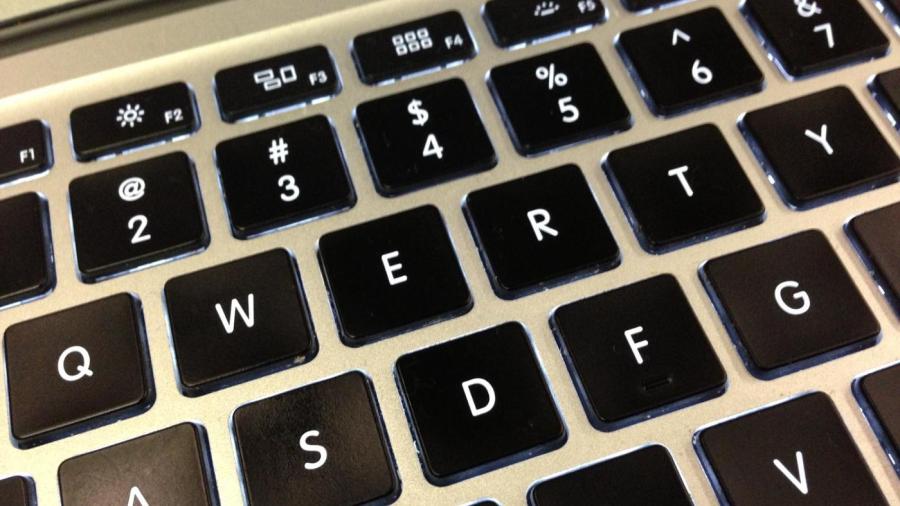Why Are Typewriter Keys Arranged the Way They Are?

In the QWERTY layout of the keyboard used for most computers, keys are arranged so that combinations of frequently used letters are across the keyboard from each other for a faster typing speed. Creators of the Dvorak layout of the keyboard tried to minimize the distance between the most commonly used letters, making one alternate between hands.
The reason for the seemingly strange layout of the keyboard hearkens back to the days of the typewriter. On typewriters, keys were set into bars. As keys were pressed, the bars and keys would collide with each other and get stuck. Typewriter creators had to make the keys that were the most used reachable, but not so close to one another that they would jam while typing.
The Dvorak system places all of the most commonly used letters on one row so that your fingers do not have to move very far in order to hit these keys. The keyboard is also systematically arranged, so that the left hand has only vowels and a few consonants, while the right hand has all consonants.
As to which system is more efficient, studies have shown that both QWERTY and Dvorak are both about equally efficient.





